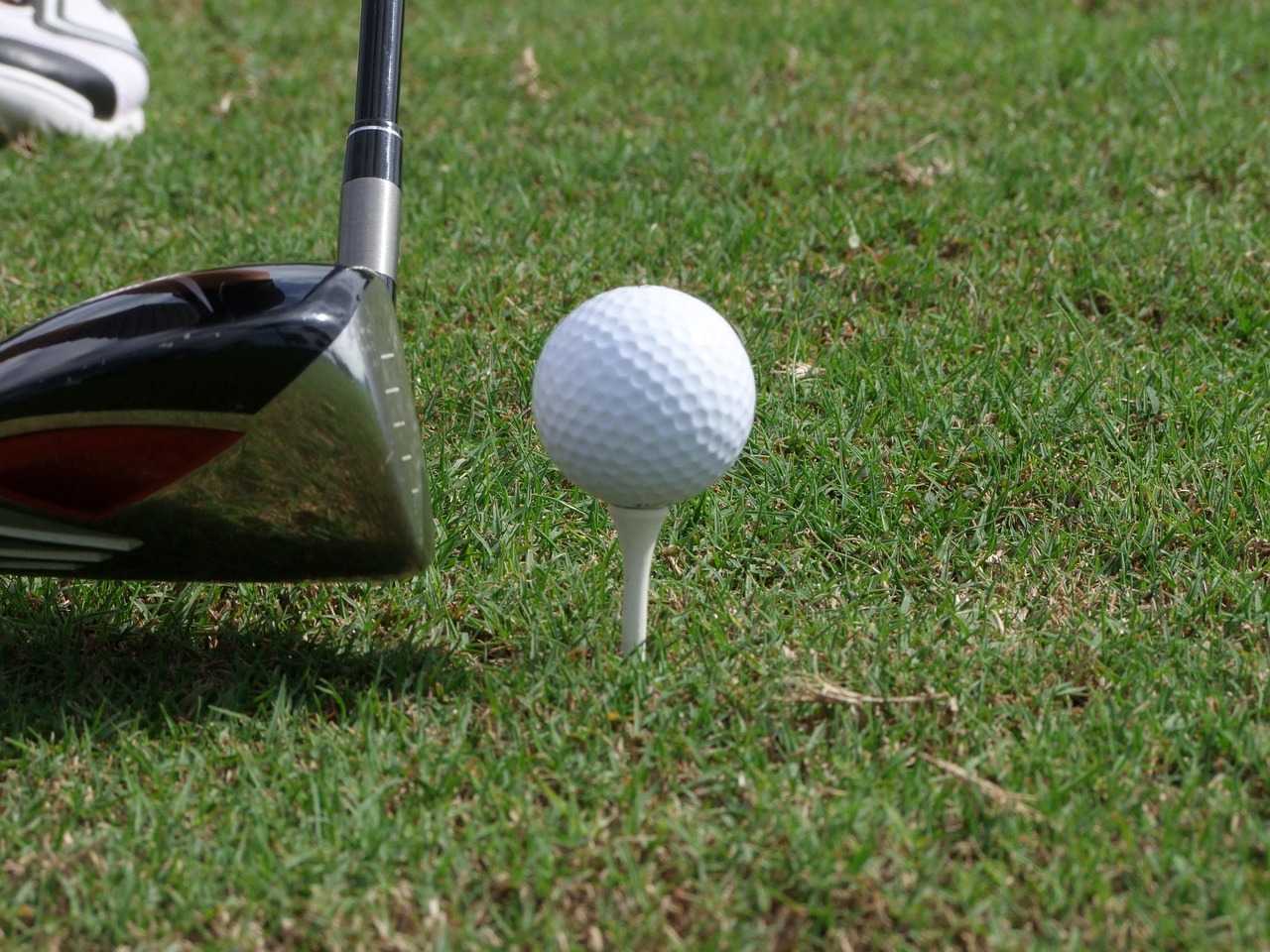Head lice (or pediculus humanus capitis) are touted as one of the most common human parasitic infections globally. In the US alone, about 6-12 million people are treated for head lice annually, and studies have indicated that it is predominant in pre-school and school-aged children. To treat or prevent head lice infestation, it is significant to understand some basic facts about these parasites. Without much ado, here are some of the rare facts about head lice that you probably didn’t know:
1. Head lice have been roaming our beautiful planet, via their main hosts for more than 1 million years. This means that it has taken this long for the current species to evolve into what you see today.
2. The lifespan of a head louse is about 30 days: head lice eggs (or nits) take about 8-9 days to hatch. When they hatch, they are almost translucent in color. Once they begin feeding on human blood, they turn brownish. Once they reach adulthood, head lice are estimated to live up to 30 days.
3. Female louse uses sticky saliva to secure its eggs on the human head: how do those tiny nits stay firmly attached to the hair follicles? Well, the female louse uses string glue-like saliva to secure them firmly to the hair, frequently near the scalp to prevent them from falling easily.
4. There is no known health risks associated with head lice: while you are likely to experience itchy and annoying sensation when you hair is infested with these parasites, head lice do not pose significant heath issues in and of themselves. Again, having head lice does not mean that you are dirty. According to lice control experts, lice actually love clean hair than dirty hair.
5. One treatment is never enough: lice are very pesky and they are often scouting for ways of hiding on the human hair, especially near the roots of the scalp. Since their eggs take about 8-9 days to mature, you may not notice their tiny eggs first. This is one of the top factors that make it quite daunting to remove these parasites with one treatment. Accordingly, multiple treatments are recommended, of course depending on the magnitude of the infestation.
6. There are several species of head lice: the term ‘louse’ is used to refer to a group of over 5000 related insects. Pediculus humanus capiti is the head louse, but there are two other common species: pediculus pubis (the pubic louse) and Pediculus humanus corporis (the body louse). There are also other species that live on dogs, horse, chimpanzees, and other mammals.
Final Thoughts
Whether the above facts are positive or negative, one thing that is for sure is that head lice are associated with terrible social stigma. So, if you or your loved one has head lice, it is critical to seek professional head lice services right away. While they pose no serious health threats, all of the itching and annoying sensations can cause sores that can become infected.





